Backpacks
.
- - 20 %
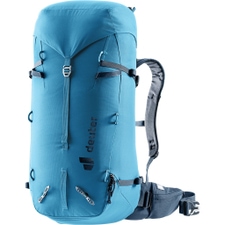 DeuterGuide 34 + 8 Backpack Wave / Ink MenMSRP 199,95 €159,95 €One size
DeuterGuide 34 + 8 Backpack Wave / Ink MenMSRP 199,95 €159,95 €One size
- - 23 %
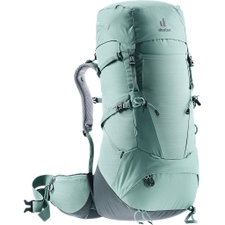 DeuterAircontact Core 45+10 SL Backpack Jade / Graphite WomenMSRP 259,95 €199,95 €One size
DeuterAircontact Core 45+10 SL Backpack Jade / Graphite WomenMSRP 259,95 €199,95 €One size
- - 32 %
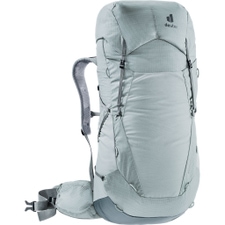 DeuterAircontact Ultra 50+5 Backpack Tin / Shale MenMSRP 264,95 €179,95 €One size
DeuterAircontact Ultra 50+5 Backpack Tin / Shale MenMSRP 264,95 €179,95 €One size
- - 31 %
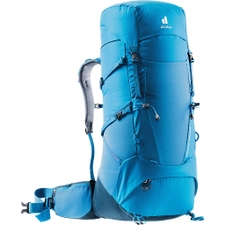 DeuterAircontact Core 50+10 Backpack Reef / Ink MenMSRP 259,95 €179,95 €One size
DeuterAircontact Core 50+10 Backpack Reef / Ink MenMSRP 259,95 €179,95 €One size
- - 23 %
 DeuterGuide 44 + 8 Backpack Wave / Ink MenMSRP 219,95 €169,95 €One size
DeuterGuide 44 + 8 Backpack Wave / Ink MenMSRP 219,95 €169,95 €One size
- - 18 %
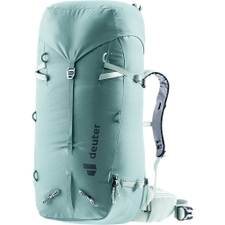 DeuterGuide 42 + 8 SL Backpack Jade / Frost WomenMSRP 219,95 €179,95 €One size
DeuterGuide 42 + 8 SL Backpack Jade / Frost WomenMSRP 219,95 €179,95 €One size
- - 17 %
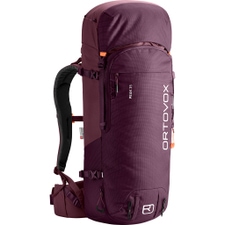 OrtovoxPeak 35 Backpack WinetastingMSRP 239,95 €199,95 €One size
OrtovoxPeak 35 Backpack WinetastingMSRP 239,95 €199,95 €One size
- - 64 %
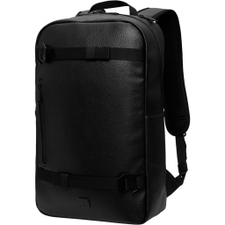 DouchebagsThe Scholar Backpack Black LeatherMSRP 139,50 €49,95 €One size
DouchebagsThe Scholar Backpack Black LeatherMSRP 139,50 €49,95 €One size - - 60 %
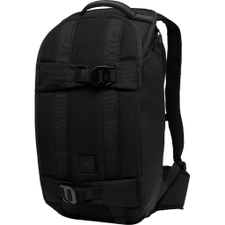 DouchebagsThe Explorer 20L Backpack Black OutMSRP 249,50 €99,95 €One size
DouchebagsThe Explorer 20L Backpack Black OutMSRP 249,50 €99,95 €One size - - 69 %
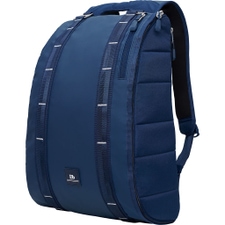 DouchebagsBase 15L Backpack Deep Sea BlueMSRP 129,50 €39,95 €One size
DouchebagsBase 15L Backpack Deep Sea BlueMSRP 129,50 €39,95 €One size - - 13 %new
 Ultimate DirectionFastpack 20 Backpack BlackMSRP 149,95 €129,95 €Available Sizes:M/L S/M
Ultimate DirectionFastpack 20 Backpack BlackMSRP 149,95 €129,95 €Available Sizes:M/L S/M - - 17 %
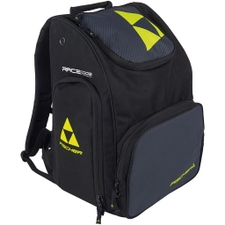 FischerRace 70 Backpack Black / YellowMSRP 144,95 €119,95 €One size
FischerRace 70 Backpack Black / YellowMSRP 144,95 €119,95 €One size - - 17 %new
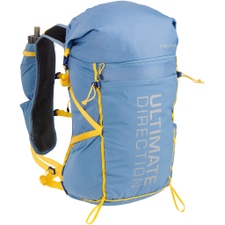 Ultimate DirectionFastpack 30 Backpack FogMSRP 179,95 €149,95 €Available Sizes:S/M
Ultimate DirectionFastpack 30 Backpack FogMSRP 179,95 €149,95 €Available Sizes:S/M - - 21 %new
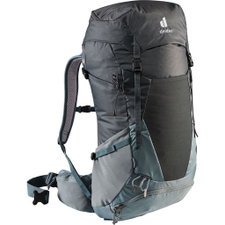 DeuterFutura 30 SL Backpack Graphite / Shale WomenMSRP 164,95 €129,95 €One size
DeuterFutura 30 SL Backpack Graphite / Shale WomenMSRP 164,95 €129,95 €One size
- - 15 %new
 Ultimate DirectionFastpack 40 Backpack SpruceMSRP 199,95 €169,95 €Available Sizes:M/L S/M
Ultimate DirectionFastpack 40 Backpack SpruceMSRP 199,95 €169,95 €Available Sizes:M/L S/M - - 70 %
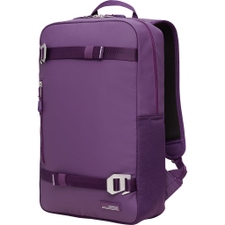 DouchebagsThe Scholar Backpack X Marcelo Vieira PurpleMSRP 99,50 €29,95 €One size
DouchebagsThe Scholar Backpack X Marcelo Vieira PurpleMSRP 99,50 €29,95 €One size - - 16 %new
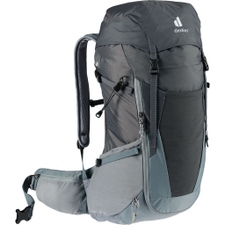 DeuterFutura 26 Backpack Graphite / Shale MenMSRP 154,95 €129,95 €One size
DeuterFutura 26 Backpack Graphite / Shale MenMSRP 154,95 €129,95 €One size
- - 73 %
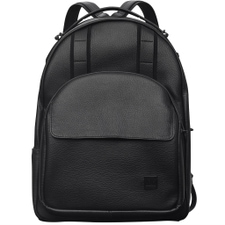 DouchebagsThe Artist 22L Backpack BlackMSRP 259,50 €69,95 €One size
DouchebagsThe Artist 22L Backpack BlackMSRP 259,50 €69,95 €One size - - 15 %new
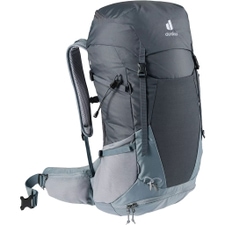 DeuterFutura 32 Backpack Graphite / Shale MenMSRP 164,95 €139,95 €One size
DeuterFutura 32 Backpack Graphite / Shale MenMSRP 164,95 €139,95 €One size
 DBHugger 30L Backpack Black Out208,95 €One size
DBHugger 30L Backpack Black Out208,95 €One size- - 13 %new
 Ultimate DirectionFastpack 20 Backpack BeaconMSRP 149,95 €129,95 €Available Sizes:M/L S/M
Ultimate DirectionFastpack 20 Backpack BeaconMSRP 149,95 €129,95 €Available Sizes:M/L S/M - - 10 %new
 Black DiamondBlitz 20 Backpack AlloyMSRP 89,95 €80,95 €One size
Black DiamondBlitz 20 Backpack AlloyMSRP 89,95 €80,95 €One size - - 10 %new
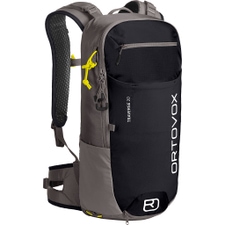 OrtovoxTraverse 20 Backpack FlintstoneMSRP 129,95 €116,95 €One size
OrtovoxTraverse 20 Backpack FlintstoneMSRP 129,95 €116,95 €One size
- - 10 %new
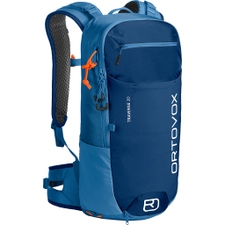 OrtovoxTraverse 20 Backpack Heritage BlueMSRP 129,95 €116,95 €One size
OrtovoxTraverse 20 Backpack Heritage BlueMSRP 129,95 €116,95 €One size
- - 16 %new
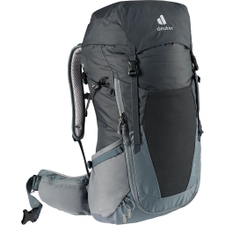 DeuterFutura 24 SL Backpack Graphite / Shale WomenMSRP 154,95 €129,95 €One size
DeuterFutura 24 SL Backpack Graphite / Shale WomenMSRP 154,95 €129,95 €One size
- - 70 %
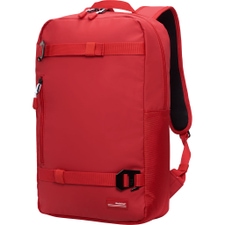 DouchebagsThe Scholar Backpack Scarlet RedMSRP 99,50 €29,95 €One size
DouchebagsThe Scholar Backpack Scarlet RedMSRP 99,50 €29,95 €One size - - 10 %new
 Black DiamondBlitz 28 Backpack AlloyMSRP 109,95 €98,95 €One size
Black DiamondBlitz 28 Backpack AlloyMSRP 109,95 €98,95 €One size - - 14 %new
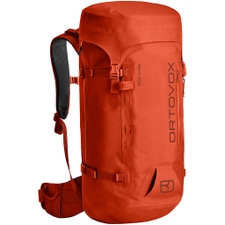 OrtovoxPeak 40 Dry Backpack Desert OrangeMSRP 289,95 €249,95 €One size
OrtovoxPeak 40 Dry Backpack Desert OrangeMSRP 289,95 €249,95 €One size
- - 10 %new
 OrtovoxTrad 30 Dry Backpack Blue LakeMSRP 199,95 €179,95 €One size
OrtovoxTrad 30 Dry Backpack Blue LakeMSRP 199,95 €179,95 €One size
- - 25 %new
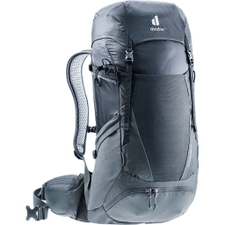 DeuterFutura Pro 36 Backpack Black / Graphite MenMSRP 199,95 €149,95 €One size
DeuterFutura Pro 36 Backpack Black / Graphite MenMSRP 199,95 €149,95 €One size
- - 15 %new
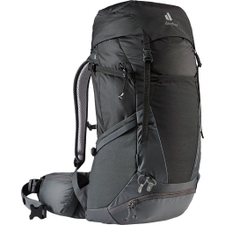 DeuterFutura Pro 34 SL Backpack Black / Graphite WomenMSRP 199,95 €169,95 €One size
DeuterFutura Pro 34 SL Backpack Black / Graphite WomenMSRP 199,95 €169,95 €One size
- - 20 %new
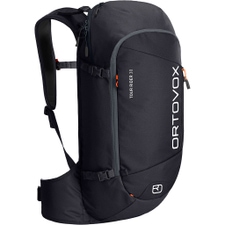 OrtovoxTour Rider 30 Backpack Black RavenMSRP 149,95 €119,95 €One size
OrtovoxTour Rider 30 Backpack Black RavenMSRP 149,95 €119,95 €One size
- - 41 %new
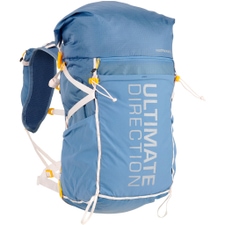 Ultimate DirectionFastpackHer 30 Backpack Fog WomenMSRP 169,95 €99,95 €Available Sizes:M/L XSS
Ultimate DirectionFastpackHer 30 Backpack Fog WomenMSRP 169,95 €99,95 €Available Sizes:M/L XSS - - 14 %new
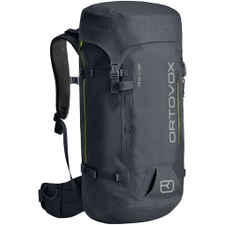 OrtovoxPeak 40 Dry Backpack Black SteelMSRP 289,95 €249,95 €One size
OrtovoxPeak 40 Dry Backpack Black SteelMSRP 289,95 €249,95 €One size
- - 28 %
 SalewaRandonée 32 Backpack BlackMSRP 179,95 €129,95 €One size
SalewaRandonée 32 Backpack BlackMSRP 179,95 €129,95 €One size - - 18 %
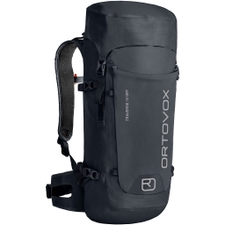 OrtovoxTraverse 30 Dry Backpack Black SteelMSRP 219,95 €179,95 €One size
OrtovoxTraverse 30 Dry Backpack Black SteelMSRP 219,95 €179,95 €One size
- - 20 %new
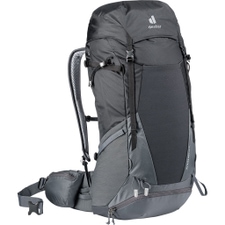 DeuterFutura Pro 42 EL Backpack Black / GraphiteMSRP 224,95 €179,95 €One size
DeuterFutura Pro 42 EL Backpack Black / GraphiteMSRP 224,95 €179,95 €One size
- - 10 %new
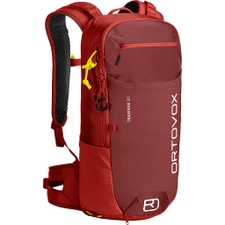 OrtovoxTraverse 20 Backpack Cengia RossaMSRP 129,95 €116,95 €One size
OrtovoxTraverse 20 Backpack Cengia RossaMSRP 129,95 €116,95 €One size
- - 44 %
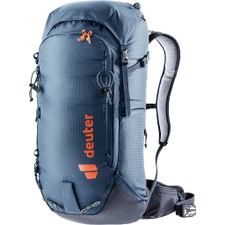 DeuterFreescape Lite 26 Backpack Marine Ink MenMSRP 179,95 €99,95 €One size
DeuterFreescape Lite 26 Backpack Marine Ink MenMSRP 179,95 €99,95 €One size - - 17 %new
 DeuterFutura Air Trek 50+10 Backpack Black / Graphite MenMSRP 264,95 €219,95 €One size
DeuterFutura Air Trek 50+10 Backpack Black / Graphite MenMSRP 264,95 €219,95 €One size
- - 20 %new
 OrtovoxHaute Route 40 Backpack Petrol BlueMSRP 199,95 €159,95 €One size
OrtovoxHaute Route 40 Backpack Petrol BlueMSRP 199,95 €159,95 €One size
- - 16 %new
 OrtovoxHaute Route 32 Backpack Petrol BlueMSRP 189,95 €159,95 €One size
OrtovoxHaute Route 32 Backpack Petrol BlueMSRP 189,95 €159,95 €One size
- - 19 %new
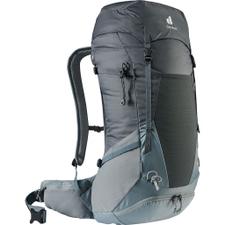 DeuterFutura 34 EL Backpack Graphite / Shale MenMSRP 184,95 €149,95 €One size
DeuterFutura 34 EL Backpack Graphite / Shale MenMSRP 184,95 €149,95 €One size
- - 41 %
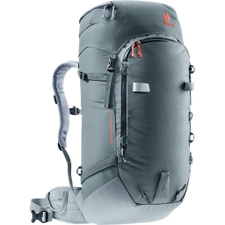 DeuterFreescape Pro 38+ SL Backpack Shale / Tin WomenMSRP 219,95 €129,95 €One size
DeuterFreescape Pro 38+ SL Backpack Shale / Tin WomenMSRP 219,95 €129,95 €One size
- - 44 %
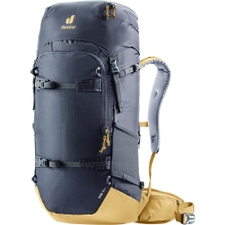 DeuterRise 34+ Backpack Ink Caramel MenMSRP 179,95 €99,95 €One size
DeuterRise 34+ Backpack Ink Caramel MenMSRP 179,95 €99,95 €One size
- - 69 %
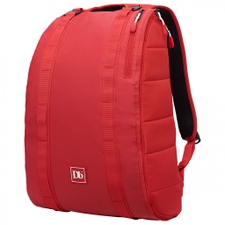 DouchebagsBase 15L Backpack Scarlet RedMSRP 129,50 €39,95 €One size
DouchebagsBase 15L Backpack Scarlet RedMSRP 129,50 €39,95 €One size - - 10 %new
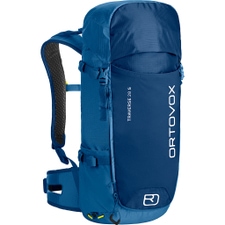 OrtovoxTraverse 28 S Backpack Heritage BlueMSRP 159,95 €143,95 €One size
OrtovoxTraverse 28 S Backpack Heritage BlueMSRP 159,95 €143,95 €One size
- new
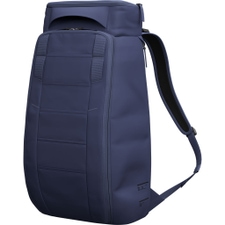 DBHugger 30L Backpack Blue Hour208,95 €One size
DBHugger 30L Backpack Blue Hour208,95 €One size - - 14 %new
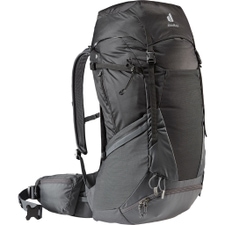 DeuterFutura Pro 40 Backpack Black / Graphite MenMSRP 209,95 €179,95 €One size
DeuterFutura Pro 40 Backpack Black / Graphite MenMSRP 209,95 €179,95 €One size
- - 16 %new
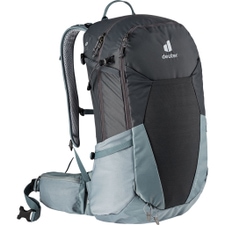 DeuterFutura 29 EL Backpack Graphite / ShaleMSRP 154,95 €129,95 €One size
DeuterFutura 29 EL Backpack Graphite / ShaleMSRP 154,95 €129,95 €One size
- - 10 %new
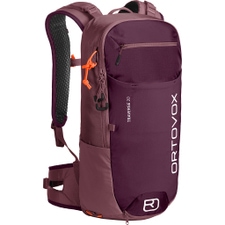 OrtovoxTraverse 20 Backpack Mountain RoseMSRP 129,95 €116,95 €One size
OrtovoxTraverse 20 Backpack Mountain RoseMSRP 129,95 €116,95 €One size
- - 10 %new
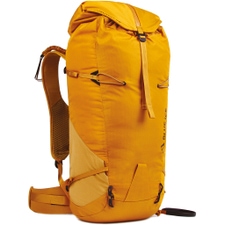 Blue IceFirecrest 38 Backpack Arrow WoodMSRP 179,95 €161,95 €Available Sizes:M/L S/M
Blue IceFirecrest 38 Backpack Arrow WoodMSRP 179,95 €161,95 €Available Sizes:M/L S/M - - 14 %new
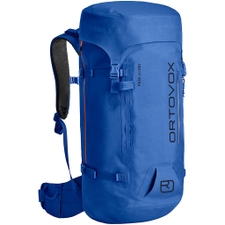 OrtovoxPeak 40 Dry Backpack Just BlueMSRP 289,95 €249,95 €One size
OrtovoxPeak 40 Dry Backpack Just BlueMSRP 289,95 €249,95 €One size
- - 10 %new
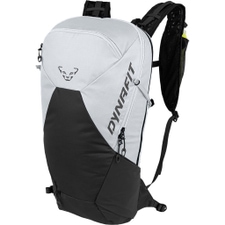 DynafitTransalper 18+4 Backpack Alloy / Black OutMSRP 119,95 €107,95 €One size
DynafitTransalper 18+4 Backpack Alloy / Black OutMSRP 119,95 €107,95 €One size
- - 18 %
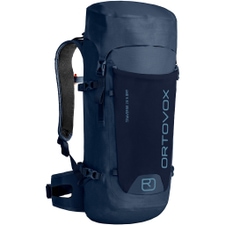 OrtovoxTraverse 28 S Dry Backpack Blue LakeMSRP 219,95 €179,95 €One size
OrtovoxTraverse 28 S Dry Backpack Blue LakeMSRP 219,95 €179,95 €One size
- - 10 %
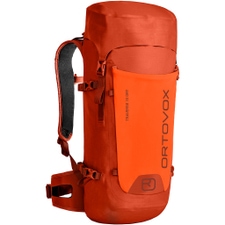 OrtovoxTraverse 30 Dry Backpack Desert OrangeMSRP 219,95 €197,95 €One size
OrtovoxTraverse 30 Dry Backpack Desert OrangeMSRP 219,95 €197,95 €One size
- - 10 %new
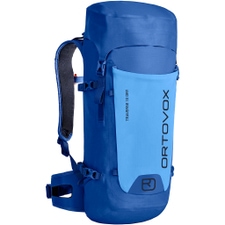 OrtovoxTraverse 30 Dry Backpack Just BlueMSRP 219,95 €197,95 €One size
OrtovoxTraverse 30 Dry Backpack Just BlueMSRP 219,95 €197,95 €One size
- - 10 %new
 VaudeWizard 30+4 Backpack BlackMSRP 159,95 €143,95 €One size
VaudeWizard 30+4 Backpack BlackMSRP 159,95 €143,95 €One size
- - 20 %
 OrtovoxTour Rider 28 S Backpack Pacific GreenMSRP 149,95 €119,95 €One size
OrtovoxTour Rider 28 S Backpack Pacific GreenMSRP 149,95 €119,95 €One size
- new
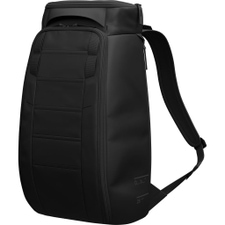 DBHugger 25L Backpack Black Out198,95 €One size
DBHugger 25L Backpack Black Out198,95 €One size - - 10 %new
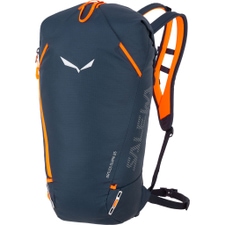 SalewaOrtles Climb 25 Backpack Dark DenimMSRP 139,95 €125,95 €One size
SalewaOrtles Climb 25 Backpack Dark DenimMSRP 139,95 €125,95 €One size
- - 20 %new
 OrtovoxTour Rider 28 S Backpack Mountain RoseMSRP 149,95 €119,95 €One size
OrtovoxTour Rider 28 S Backpack Mountain RoseMSRP 149,95 €119,95 €One size
- - 10 %new
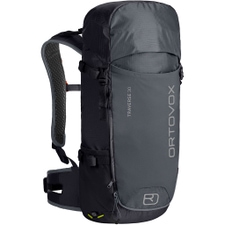 OrtovoxTraverse 30 Backpack Black RavenMSRP 159,95 €143,95 €One size
OrtovoxTraverse 30 Backpack Black RavenMSRP 159,95 €143,95 €One size
- - 10 %new
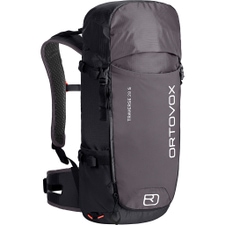 OrtovoxTraverse 28 S Backpack Black RavenMSRP 159,95 €143,95 €One size
OrtovoxTraverse 28 S Backpack Black RavenMSRP 159,95 €143,95 €One size
- - 10 %new
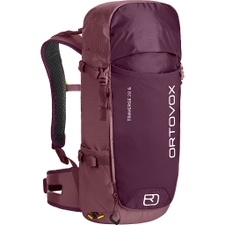 OrtovoxTraverse 28 S Backpack Mountain RoseMSRP 159,95 €143,95 €One size
OrtovoxTraverse 28 S Backpack Mountain RoseMSRP 159,95 €143,95 €One size
- - 10 %new
 Black DiamondDistance 22 Backpack BlackMSRP 189,95 €170,95 €Available Sizes:SML
Black DiamondDistance 22 Backpack BlackMSRP 189,95 €170,95 €Available Sizes:SML - - 33 %new
 Ultimate DirectionFastpackHer 20 Backpack Mist WomenMSRP 149,95 €99,95 €Available Sizes:SM/L
Ultimate DirectionFastpackHer 20 Backpack Mist WomenMSRP 149,95 €99,95 €Available Sizes:SM/L - - 20 %new
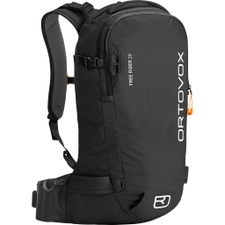 OrtovoxFree Rider 28 Backpack Black RavenMSRP 199,95 €159,95 €One size
OrtovoxFree Rider 28 Backpack Black RavenMSRP 199,95 €159,95 €One size
- - 10 %new
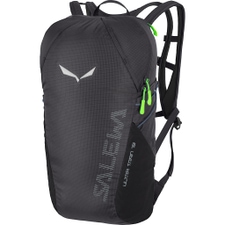 SalewaUltra Train 18 Backpack BlackMSRP 109,95 €98,95 €One size
SalewaUltra Train 18 Backpack BlackMSRP 109,95 €98,95 €One size
- - 11 %new
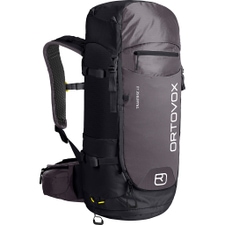 OrtovoxTraverse 40 Backpack Black RavenMSRP 189,95 €169,95 €One size
OrtovoxTraverse 40 Backpack Black RavenMSRP 189,95 €169,95 €One size
- - 33 %new
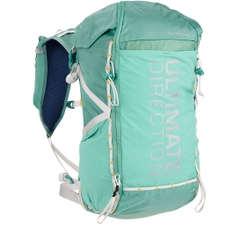 Ultimate DirectionFastpackHer 20 Backpack Emerald WomenMSRP 149,95 €99,95 €Available Sizes:SM/L
Ultimate DirectionFastpackHer 20 Backpack Emerald WomenMSRP 149,95 €99,95 €Available Sizes:SM/L - - 16 %new
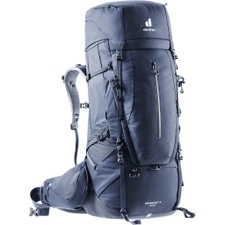 DeuterAircontact X 70+15 Backpack Ink MenMSRP 379,95 €319,95 €One size
DeuterAircontact X 70+15 Backpack Ink MenMSRP 379,95 €319,95 €One size



When you are out in nature, you will probably need more than just your legs. Water, keys, some food is what we are talking about. Those who do longer tours in the outdoors will also need some additional clothing, maybe a sleeping bag and safety equipment or other tools. Depending on the different areas of use and their requirements, there are a whole bunch of different backpacks to choose from.
The area of use of your backpack – it’s not only about the volume
Volume is fairly simple. If you want to take lots of stuff with you, you need more storage space. Therefore, our backpacks range from tiny 2 liters up to more than 80 liters. The volume very much depends on where you want to use your backpack. For example, if you are a trail runner, you do not need as much storage space. Instead, you want your backpack to fit well and stable so that it does not bounce while running and at the same time, you need storage space mostly for water. Meaning around 2-20 liters. Bike backpacks similarly are in the lower volume area of up to 35 liters. These very often also provide additional back protection and mounting device for your helmet. In the alpine areas of hiking and mountaineering, as well as ski touring, is where the backpacks get real large. Again, the volume obviously depends on what tours you are doing. If you are just hiking an afternoon, you do not need as large a backpack. But if you are doing multiple day tours, you need to bring clothing, food, possibly a sleeping bag, a tent and other gear so you are well advised with a backpack that can hold 60 liters or more. Of course, the additional characteristics of your pack also depend on this.
Another criterium is the weight. Generally, of course a backpack that weighs less is more comfortable. This is especially the case when trail running or climbing! These backpacks are therefore often made lightweight material such as mesh.

What else does the outdoor backpack do?
Next to a lot of storage space, you also need some handy storage for smaller things. Therefore, many have separate departments for your keys, valuables, accessoires and so on. And what about other equipment such as hiking poles, ice tools, avalanche safety equipment, bike helmet, skis and so on? These can be stored in or fastened onto the backpack using specific departments, straps and loops. Meaning, you should also keep in mind what kind of equipment you want to take with you when buying a backpack. Larger backpacks also often have bottom compartments, that way you can access the main compartment and grab things from the bottom without having to dig through all your stuff. Also, separate day-packs are a great thing to have. You will need this when trekking for several days or even backpacking for weeks of travel and wanting to take just a few things with you for a day.
Doing some outdoor sports, a protector is great. Especially when biking, freeriding or snowboarding, a integrated back protector is often included. Another important aspect is water. Of course you could just take your backpack off to grab your water bottle. But very often, this is not that easy or handy. So instead, some backpacks have seperate mesh compartments on the sides where you can easily grab your water bottle. Others offer the possibility of integrating a hydration system. Which is especially great for climbing, biking or ski touring. If you already have a water bag, make sure it fits your backpack!
What about rain? When it rains, you need a rain cover to really prevent water from soaking your things. Some backpacks have integrated rain covers, some brands offer these separately. So if you are out in all weather conditions, you should probably get yourself a rain cover.
Next to all these characteristics, your backpack also needs to fit well!
For sure, this is not as difficult as with shoes, but still: your backpack needs to fit your back. Many brands therefore offer their backpacks in various sizes to account for different size backs. Other backpacks have adjustable carrying systems to make them fit your individual back very precisely. Additional comfort is given through mesh inserts and frame constructions that brings air to your body. Hip and chest straps are a big must. The hip strap needs to sit on your pelvic bone, that way the weight on your shoulder is reduced. In the end, it is easiest if you just try a bunch of different backpacks on to see which one you feel comfortable with. By the way, there are also backpacks made especially for women, to fit the female body.
Read more regarding hiking backpacks
Backpack Guide: How to pack the right way
The Deuter Aircontact Pro 60+15: Tested on 200.000 kilometers through 15 countries
Hike with the Right: Essentials you need for your next Hike and Trekking Tour
©Ortovox backpack by Hansi Heckmair ©Travelling with a backpack by Lowe Alpine

Hip and chest straps reduce the weight on your shoulders